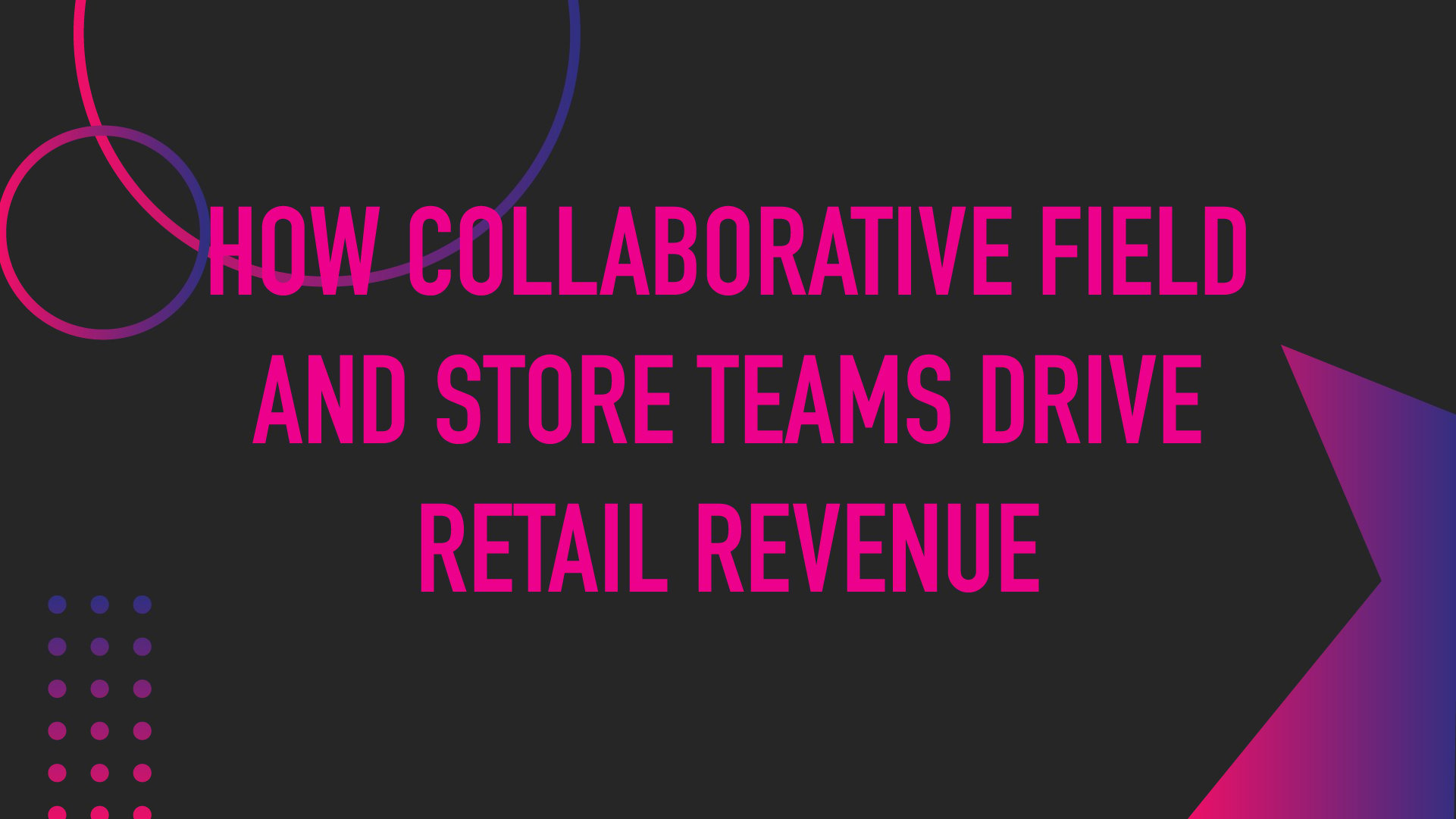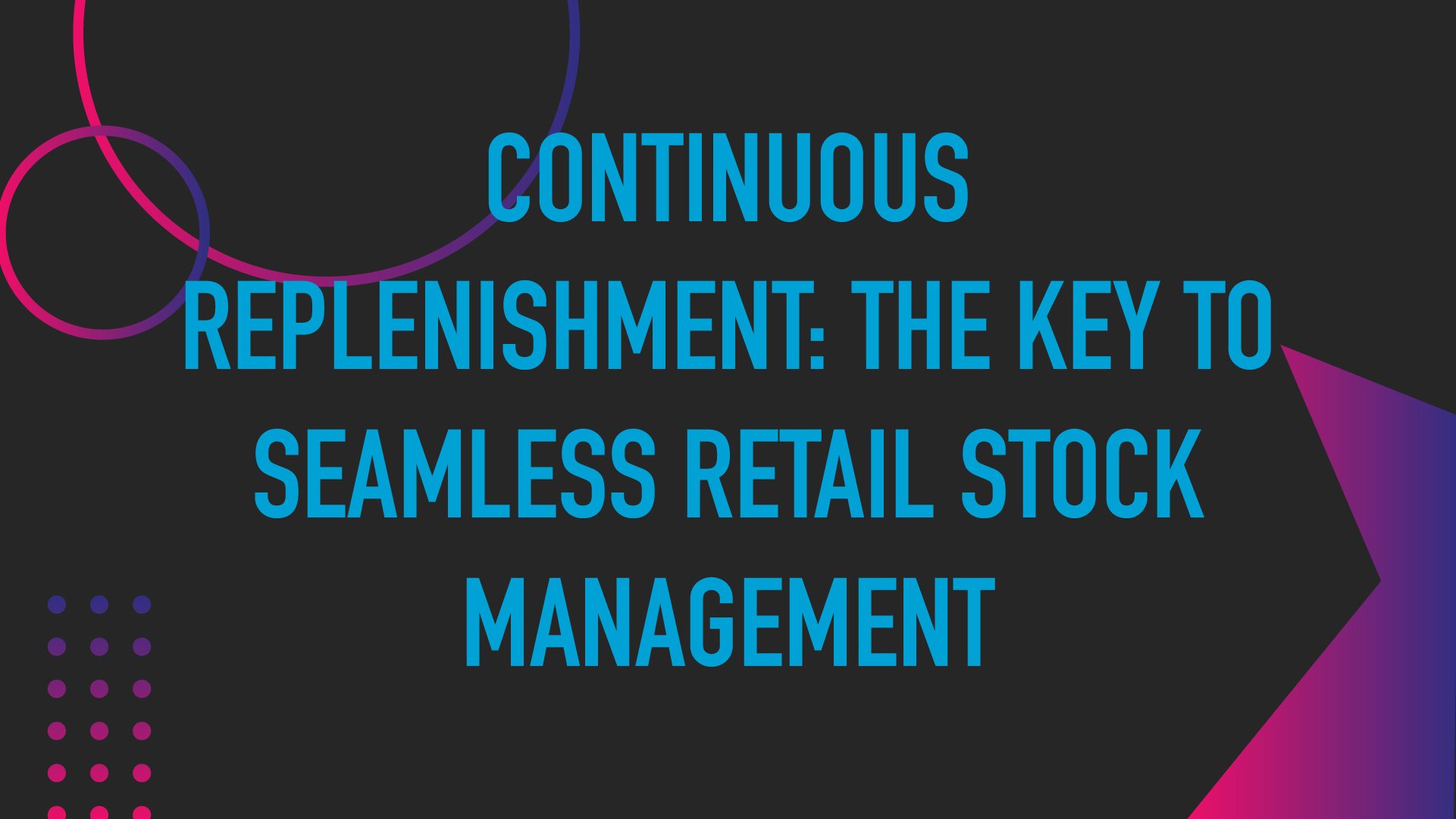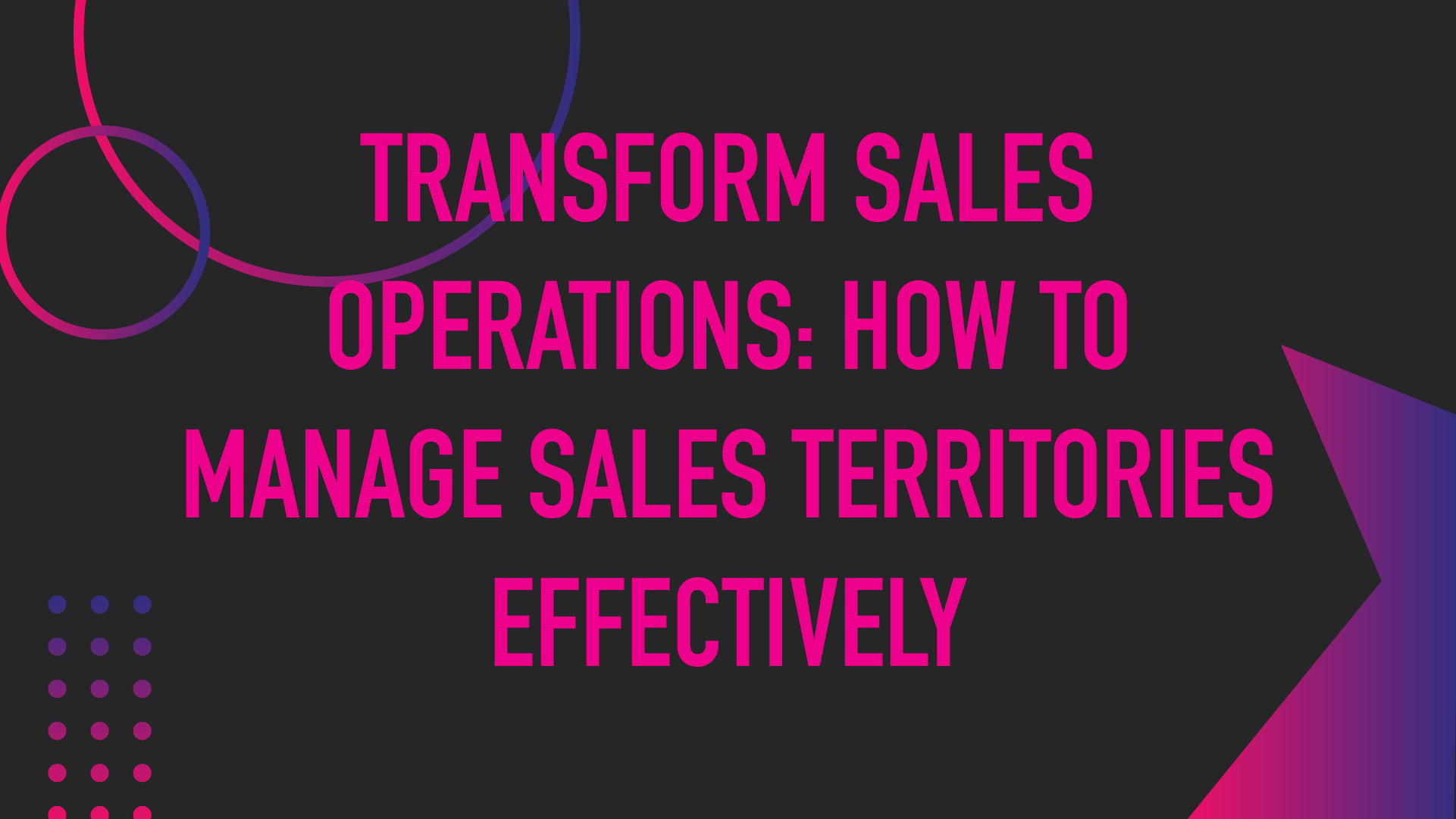Optimizing Retail Field Work: Route, Territory, & Scheduling Optimizations


Teams that visit stores and service products have their work cut out for them. Route efficiency, territory management, and schedule efficacy are three particularly important and challenging domains to get right.
Smaller field teams can get by with manually intensive work at first, but the larger your team and retail footprint grows, the more necessary it becomes to lean on technology to save time and maximize performance. Optimizations are one of the most effective ways to increase the efficiency and effectiveness of your team's field work, so let's dive into what these optimizations look like for routing, scheduling, and territory management.
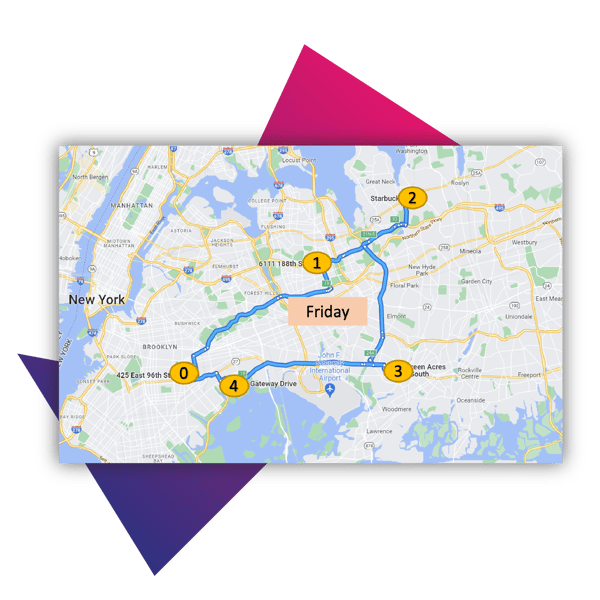
Route Optimization
Route optimization is a crucial aspect of field team management that can significantly increase productivity while reducing unnecessary expenses. Route optimization solutions can increase the productivity of your mobile workforce by 29% by eliminating guesswork from planning field-based teams and optimizing call sequences to reduce mileage, increase daily call rates, and improve overall productivity.
Optimizations can be undertaken systematically, ensuring that your field team always works efficiently. With central planning, field reps no longer have to worry about planning their routes manually, which can be time-consuming and prone to errors.
The ability to optimize routes for a single mobile user at an administrative level is another benefit of route optimization technology. This allows managers to ensure that individual circumstances are considered when planning the most efficient route possible, reducing travel time and increasing daily call rates. By optimizing the routes of individual mobile users, managers can also ensure that their employees are meeting their daily targets and completing tasks on time.
Optimizing routes for a group can be incredibly beneficial for businesses with multiple field employees. By doing so, managers can reduce mileage, increase daily call rates, and improve overall productivity. This is particularly useful for businesses with several mobile employees who are required to visit different locations throughout the day. By optimizing the routes of multiple field team reps, managers can ensure that the entire team is working efficiently to meet their daily targets.
Field teams can also optimize their own schedules, providing flexibility and employee empowerment. By allowing employees to optimize their schedules, they can ensure that they are taking the most efficient route possible and are provided the flexibility to adjust their schedule based on real-world circumstances and call durations. This can improve employee satisfaction, as they have more control and can work in a way that suits them best.
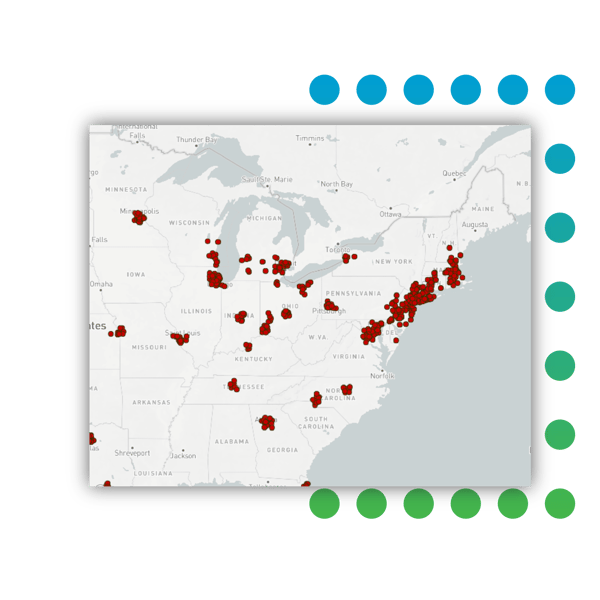
Territory Optimization
Optimizing territory for field teams has never been more important in today's fast-paced retail environment. The good news is that modern technology has made optimizing headcount and territories for field teams more manageable than ever. By leveraging data and automation, you can avoid relying on inaccurate assumptions and instead maximize the productivity of your field team by making informed decisions based on real-time data analysis.
One of the most significant benefits of optimizing your field team's territory is that it allows you to identify resource gaps with clear data evidence for additional headcount as staffing needs grow or contract. This means you can efficiently deploy your team and right-size it for cost savings or redeploy in areas of greater need. Optimizing coverage allows retail teams to consume open territories with your current staff, helping maximize your business potential and avoid missed opportunities for revenue growth.
Optimizing headcount and territories also allows you to make data-driven decisions and justifications for increasing or decreasing headcount. This means you can merge or split teams efficiently based on real-world data rather than relying on guesswork or hunches. By leveraging these insights, you can make informed decisions about your team's composition and structure, which can significantly impact your overall productivity and profitability. Tools such as analytics software and territory management programs can give valuable insights into consumer behavior, market trends, and other key factors that can inform your staffing strategy, allowing you to make strategic hiring decisions to meet demand or cut back on staff when necessary without sacrificing performance or quality.
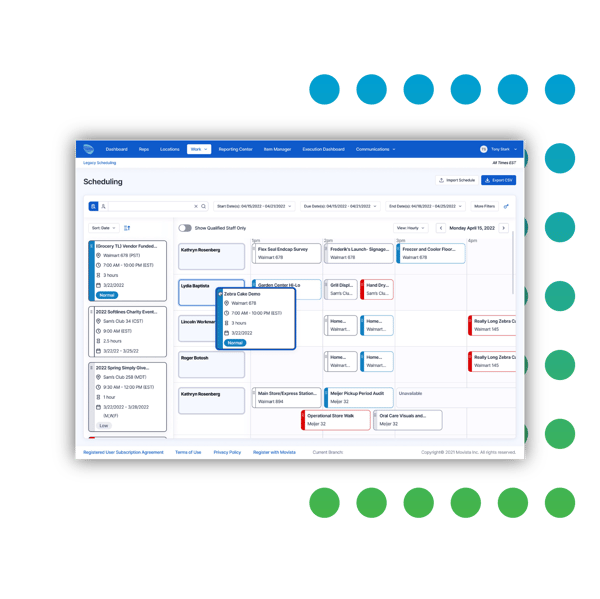
Scheduling Optimization
Ensuring that the right employees are assigned to the right store at the right time can be complex and time-consuming for any organization with a field team. This is where schedule optimization comes in. Schedule optimization can radically improve the bulk labor-scheduling and deployment process by automating the scheduling process and accounting for various constraints, including service and labor constraints, store priorities, and employee availability and proximity.
One of the most significant benefits of schedule optimization is that it eliminates the need for manual scheduling, which can be a tedious task. Schedule optimization saves time and resources by automating the scheduling process and ensures consistency and accuracy in the schedule.
Manual scheduling increases the risk of errors and inconsistencies that can lead to missed deadlines or inefficient use of resources. By utilizing a scheduling engine, organizations can optimize their schedules to improve productivity anywhere from 2-5% while minimizing the risk of errors. Additionally, automated scheduling allows for better flexibility and adaptability in response to changing circumstances or unexpected events.
Every organization has unique service and labor constraints that must be considered when scheduling field employees. These may include minimum and maximum hour requirements for all representatives, specific skill sets needed for certain jobs or tasks, and other constraints unique to your organization. A scheduling system that can account for these constraints ensures that the right employees are assigned to the right jobs
Not only can this help manage your team's utilization and workload, but it also reduces costs associated with overstaffing or understaffing. By assigning tasks and territories effectively, you can ensure everyone works efficiently and no one is overworked or underutilized. This improves the quality of work produced and reduces costs associated with staffing issues such as overtime pay and travel time.
Another essential factor to consider when scheduling field employees is store proximity. By setting limits on the maximum distances or duration that field representatives can travel, organizations can ensure that employees are assigned to stores close to their location. Solutions that balance store proximity with store priority constraints ensure that the most important stores are given priority by scheduling field teams closest to their location, which can lead to higher customer satisfaction and better overall performance.

Optimize Your Field Success with Movista
Managing a retail field team can be a complex and challenging task, requiring a careful balance of leadership, communication, and organization. Field teams often operate on tight schedules with limited resources, making it crucial to ensure that they work efficiently and effectively while navigating the demands of their day-to-day responsibilities.
Prioritizing their workload and optimizing their routes are important strategies that can help managers maximize the productivity of their teams. By leveraging software solutions to help handle the intricacies of route planning, territory management, and schedule optimization, team leads can create efficient routes that save time and money while minimizing conflicts in the workflow.
featured content
featured content

The Importance of On-Shelf Availability in Retail: Why Keeping Items Stocked is Critical for Competitiveness in 2026
Learn why on-shelf availability is critical in today's retail store environment
